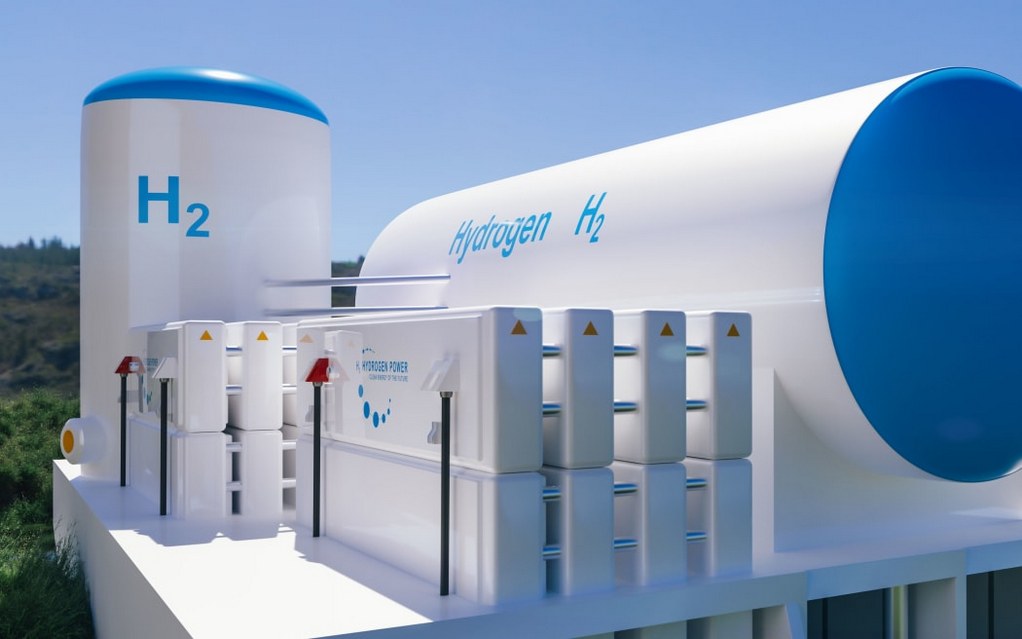While the eventual goal of all commercial vehicle players is hydrogen-powered fuel cell electric vehicles, Tata Motors also wants to burn hydrogen inside the existing internal combustion engine to power its trucks and buses.
Tata Motors, however, also wants to use hydrogen inside the existing internal combustion engine (ICE, which uses diesel and petrol/CNG as fuels) to power its trucks and buses. This technology is called hydrogen internal combustion engine (H2ICE).
To achieve carbon neutrality, most commercial vehicle (CV) players will take the following route: diesel (including biodiesel and ethanol-diesel blends), followed by CNG, bio-CNG, LNG, battery electric vehicle (BEV) and eventually hydrogen-based fuel cell electric vehicle (FCEV).
Tata Motors, however, also wants to use hydrogen inside the existing internal combustion engine (ICE, which uses diesel and petrol/CNG as fuels) to power its trucks and buses. This technology is called hydrogen internal combustion engine (H2ICE).
Tags: Carbon Neutrality, Hydrogen, ICE, Tata Motors



Recent Posts
Hygenco Commissions Maharashtra’s First Green Hydrogen and Oxygen Facility to Power STL’s Net Zero Goals
India Invites Second Round of R&D Proposals Under ₹4 Billion Green Hydrogen Mission
BMTC Adds 148 Tata Electric Buses to Bengaluru Fleet, Strengthens Green Mobility Drive
MITSUI E&S Deploys Hydrogen Fuel-Cell RTG Crane at Yokohama’s Minami Honmoku Terminal
WinGD’s first ammonia-fuelled engine installed on EXMAR vessels
DP World and Asian Terminals Inc deploy first fleet of electric internal transfer vehicles in the Philippines
Lloyd’s Register Decarbonisation Hub Joins Mærsk Mc-Kinney Møller Center as Knowledge Partner
Wärtsilä engines selected to deliver reliable power for US data center